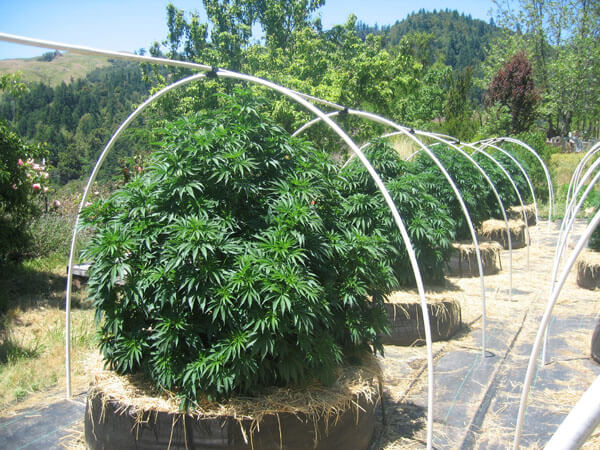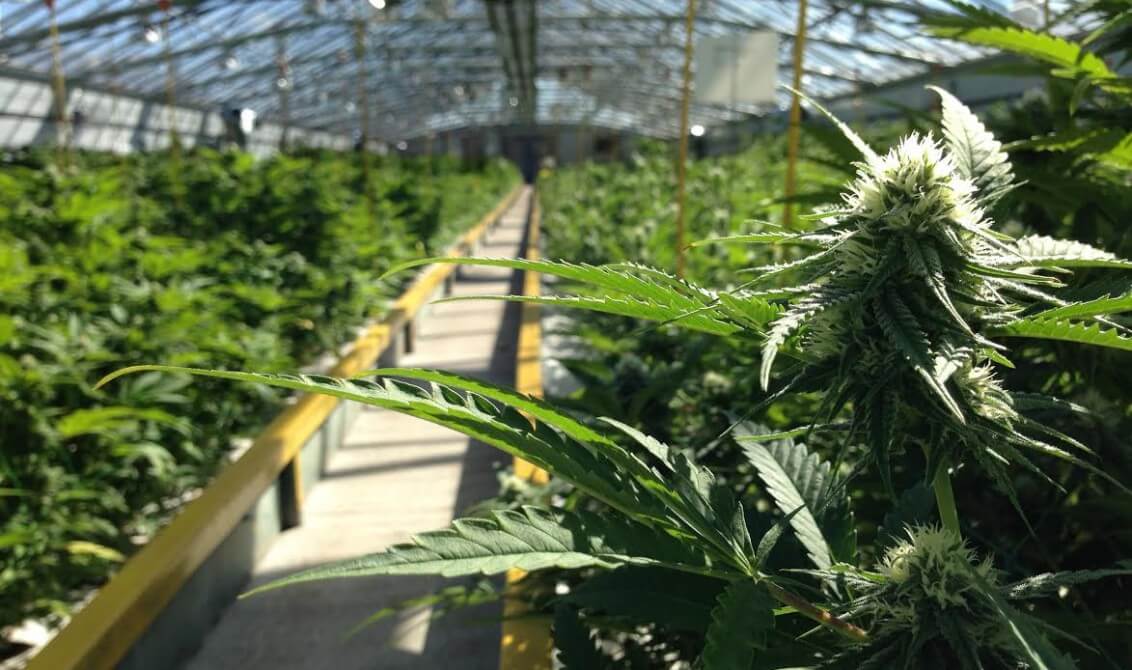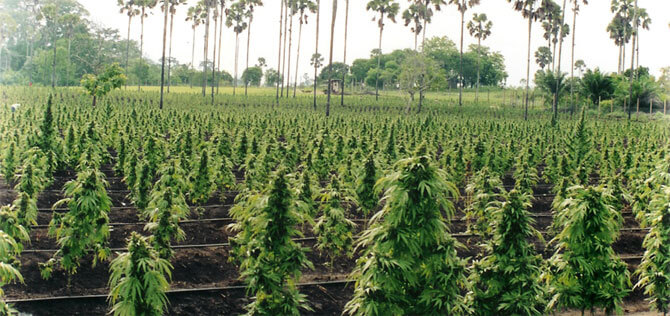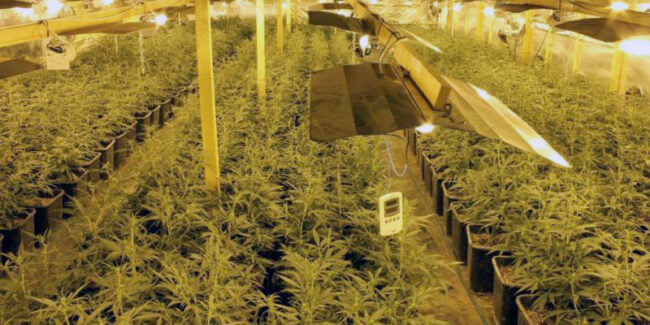Should we be growing marijuana indoors or outdoors? And what are the benefits of growing cannabis indoors and outdoors?
Cannabis growers from all over the world are extremely fortunate today. Far removed are they from the days when growing cannabis wasn’t broken down to an exact science.
Just plant her and let her grow under the sunshine was the motto (at least it would have been mine).
Today we know exactly how to grow weed and what nutrients, light cycles, and cultivation times specific strains will thrive in.
But does that mean we should be growing marijuana indoors or outdoors?
In the U.S. only a handful of states that approve of medical marijuana are allowed to grow outdoors. Most crops around the world are grown outdoors, flourishing under the sun’s natural light.
Why prohibit the cultivation of cannabis outdoors as well?
Let’s take a look at some of the pros and cons of having indoor or outdoor plants. You really can’t go wrong either way, we can bet you that.
Growing Marijuana Outdoors
Easier on the Environment
Growing cannabis indoor requires lots of artificial lighting. Energy Policy reported on average a kilo of cannabis grown indoors creates 4500 Kg of carbon dioxide.
This also leads to a very expensive light bill at the end of the month. The illicit nature of cannabis had forced growers to burrow underground to stay out of the police’s reach.
In states such as California where there is ample sunlight all year round, there’s no reason to be not to take advantage of nature.
Plants Have Naturally Adapted to the Suns Light
Any plant that goes through photosynthesis has adapted to the natural light of the sun.
Research shows that cannabinoid and terpene production is greatly increased when grown under the light of the sun. The sun has a broader spectrum of light than what can be produced by any man-made light.
Acclimatization
Certain landrace strains have grown accustom to their natural habitat, and therefore created a resilience to local pests and threats.
Outdoor crops are part of the ecosystem, this allows them to adapt to weather changes and flourish in a well maintained garden. This also allows the growers to implement various grow methods that they would not be able to indoors.
These methods utilize various natural techniques to sustain a thriving ecosystem: intercropping (with plants that compliment cannabis), planting ground cover (which keeps in water and nutrients), and introducing beneficial bugs.
Just Being Outdoors
This may not necessarily be for the plants themselves, but it will keep you in the right mind state to grow and show your cannabis all the love it deserves.
The beneficial effect of being in nature on a daily basis can’t be quantified. A healthy dose of vitamin D, blue skies, a breeze, and plenty of green help you function at your optimal level.
A study from 2016 by the Journal of Internal Medicine reported that a lack of sunlight can be as bad for your health as smoking cigarettes.
Growing Marijuana Indoors
Never Stop Growing
It’s no secret that when you grow cannabis indoors, seasons don’t matter. Certain climates only offer the potential for 1 crop a year harvest a year.
Cannabis is a very resilient plant that grows in most climates, but you won’t see it growing in arctic weathers. An indoor set up allows us to have production of medicine year round.
Precise Conditions
Indoor strains are usually more sensitive then their outdoor counterparts. This makes for a perfect climate difficult to achieve outdoors.
An experienced indoor grower will know how to tinker with all aspects of the crop, from it’s light settings, soil, and air flow.
Consistency
With advances in cannabis production technology, it’s getting easier and easier to create batches to certain specifications.
This is extremely useful for research and improving on strains that are rich and abundant in certain terpenes or cannabinoids.
This is also very important when attempting to push cannabis through clinical trials. If a consistent product can’t be made, a case can’t even be made.
“Top Shelf” Buds
Plenty of cannabis consumers do care about the quality, and want their medication to be of the best quality. For those taste, burn, scent, and visual appeal is important, but for some it’s all that matters.
Connoisseurs of marijuana have been sprouting left, right, and center and they demand an extremely high quality product that tastes like heaven and smells like all the roses in the world.
Now this clientele will have all it can handle in top shelf buds.
Best of Both Worlds

There is a third option for growing marijuana, one that combines the best of both worlds, indoors and outdoors. Cannabis thrives in a well-designed greenhouse.
A greenhouse grow-op can harness sunlight all year round, while allowing a skilled horticulturist to precisely control environmental factors that protect plants from contamination and infestation.
The sun’s rays can also be manipulated by a technique known as light deprivation (“light dep”), which can change the daily grow cycle in a greenhouse so that farmers can harvest three or four crops per year—much like indoors but without excessive energy consumption.
In many respects, a greenhouse offers the perfect combination of a controlled, consistent growing process that also utilizes natural sunlight.
Whether grown outdoors, indoors or in a greenhouse, cannabis should be tested for pathogens, pesticide residues, and other contaminants before it goes to market.
Cannabinoid and terpene content should also be included on product labels.
A true “top shelf” cannabis product would meet all these criteria irrespective of price and bag appeal.
There is no reason why cannabis consumers should not have access to a wide array of options in terms of strain type, THC and CBD ratios, modes of administration, and price-point, as well as diverse methods of cultivation.
Demand high quality standards for your medicine, no matter how it was grown. And let’s not forget where cannabis came from: the earth.
Forwarded from – www.TheWeedBlog.com



